CONTROL (2019)
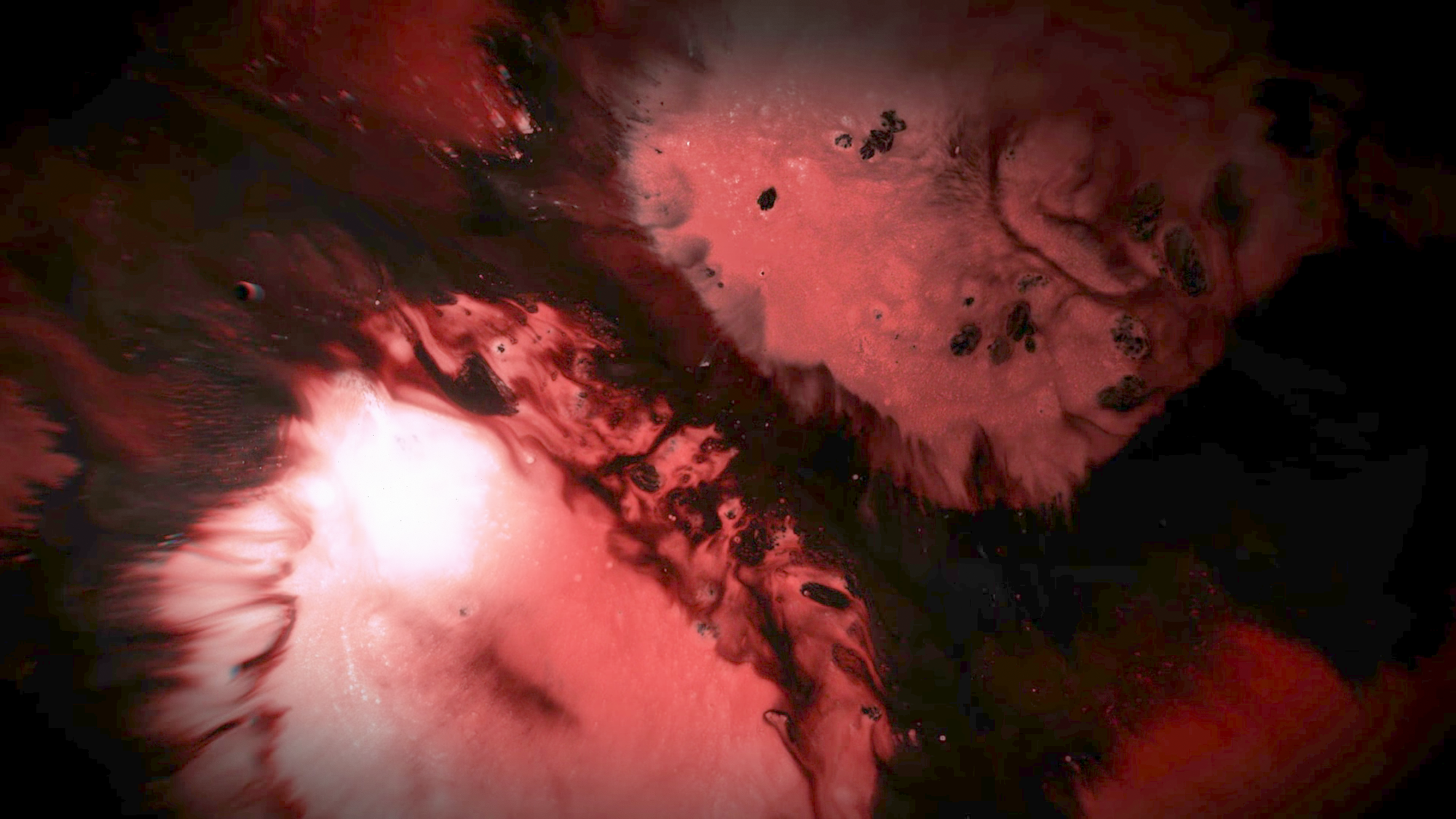
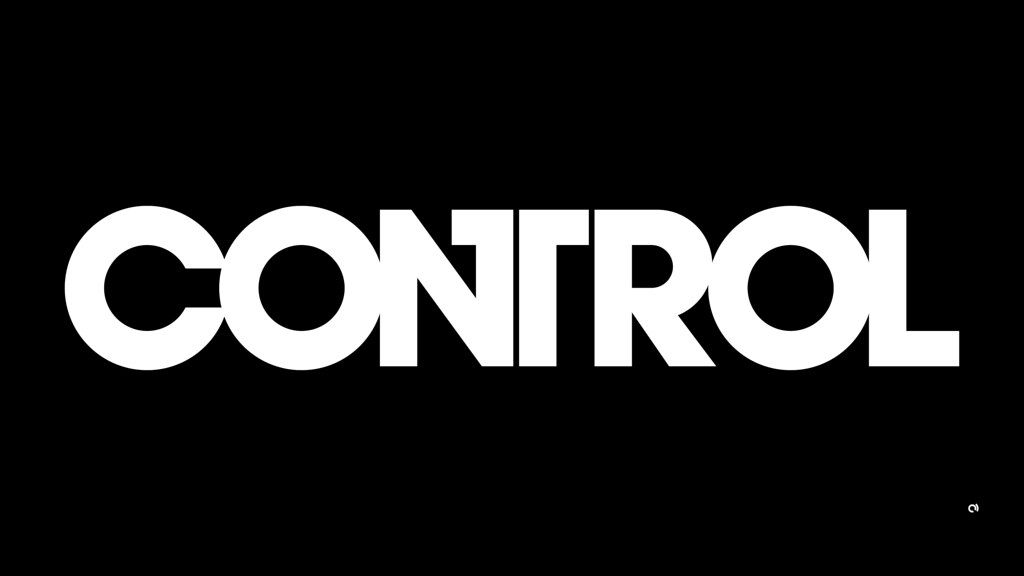
The Story
I am not going to spoil the story here in any detail, rather I want to talk a bit about the setting. The entire game is set in “The Oldest House”, a skyscraper somewhere in New York City where the Federal Bureau of Control (FBC) is headquartered. The FBC is seemingly charged with containing objects of power and events, though to what degree is not immediately clear.
Our character is Jesse, a woman in her who shows up at the oldest house looking for her brother Dylan who was taken away by the FBC years earlier after they had discovered an object of power and unleashed it with unexplained consequences of their hometown named Ordinary.
Jesse quickly realizes that something has gone wrong at The Oldest House as something from outside our reality seems to have taken over the building. She finds that the current director has killed himself and suddenly finds herself thrusted into this role by an entity only referred to as “The Board” which seems to be another supernatural entity that is actually in charge of the FBC.
The World
The world CONTROL is set in has a feel of the Cthulhu world created by H. P. Lovecraft, though I also found myself reminded of the the SCP-Wiki, which does similar research to what is going on at the FCB.
The Oldest House is a vast, sprawling complex. At times appearing like you would think a Skyscraper should look, at other times it seems to be out of this world and things seem to have shifted around.
You can see this in action every time you “cleanse” an area and take control over it.
https://youtu.be/eJTGOqigEfY
The developers made the claim early on that The Oldest House is constantly shifting and changing and this is true, to some degree. Actually right at the beginning you do get a bit of mind fuckery when traverse the opening stages, but I found the levels in general much more linear / steady than I would have expected.
Having said that. The building in a lot of ways is a maze and I have found myself repeatedly trying to remember on how to get to a specific area. The game does have a map but it only more or less gives you a general idea where you are.
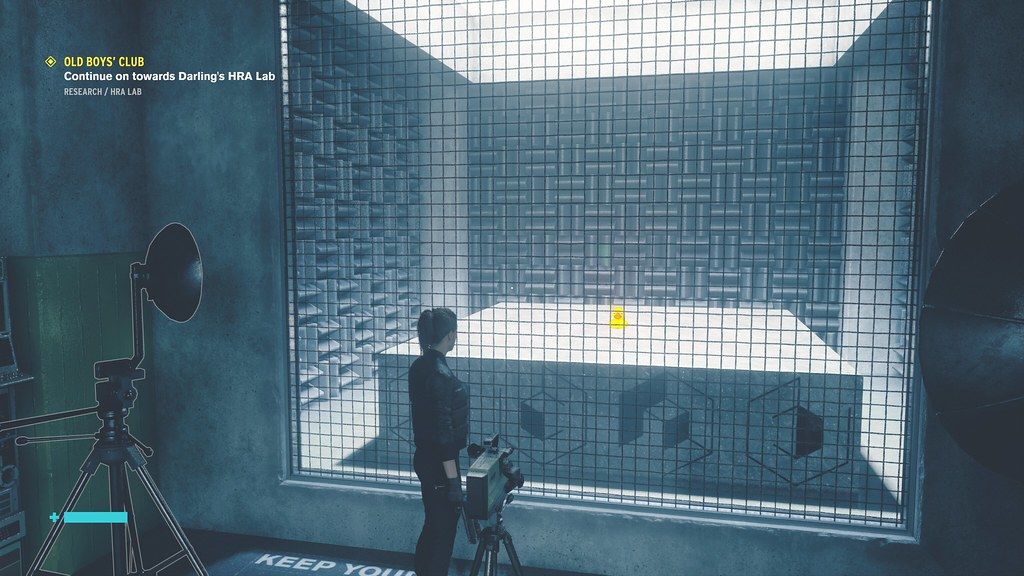
The building and interior design itself is a weird mixture of 1970s, ’80s and ‘90s. There are lots of type writers around and green screen 1980s looking computers as well as CRT screens instead of flat panels. It does not looked “worn out”, but almost as if it was only recently installed.
Guards you encounter seem to carry what looks like a Lewis Gun.
One thing worth noting is that in Quantum Break Remedy created a “TV Show” that was integrated into the game. At certain points you were taken out of the game world and instead got to watch a TV show sequences that drove the story forward. This was easily my least liked aspect of the game. Thankfully Remedy has gone away from this for CONTROL. There is still video in the game, but it is integrated as part of the game world. Similar to the TVs you could in Alan Wake.
The story is also told via files and audio recording you find throughout the facility and often the files contain hints as to how to solve certain puzzles.
The Gameplay
CONTROL is more or less an open world game. You are restrained in some areas by hard borders, like a force that is blocking your advance, but often enough you can go into an area but just not progress because you are being led in a circle. The game does make use of “clearance levels” and although you are the director apparently THE BOARD did not see it fit to give you an all access pass. Instead as you progress through the story and defeat different bosses you receive the higher clearance level as a reward.
THE BOARD itself communicates with you through an object of power known as HOTLINE and as you receive new skills and powers you get a chance to train it in an alternative world.
Skill Progression and Weapons
The game features four weapon modes you can unlock and level up with up to three additional “skill slots”. These slots are items you either find by opening boxes or defeating enemies or can craft at a control point. The four modes are:
- Pistol
- Machine Gun
- Shotgun
- “Sniper”rifle
The latter one isn’t so much meant for long distance as an overpower shot that can penetrate an opponents shield and cause damage. All four modes have their pros and cons and the one thing the game really wants you to use are your power.
Much like with the pistol you gain powers as you progress through the game which in turn can be levelled up. These powers range from offensive, e.g. throwing objects at enemies, to defensive, e.g. a shield you can raise. In addition to the ability to eventually levitate and dodge at higher speeds.
Between the gun modes and the different skills fights tend to be quite energetic and fun, but boss fights can be a serious challenge at times with many many repeats. I will talk about you dying and what that means a bit later.
This means war
So how is the fighting mechanics? As said in the weapons section highly dynamic. The enemies tend to be aggressive and often you will find yourself assaulted by multiple opponents. Leveling up both weapon and skills is thus highly recommended.
The truly impressive thing about the fighting is just how destructive the environment is. Pretty much anything that isn’t nailed down you can throw at your enemy, you have the ability to catch rockets or grenades that get thrown at you and throw them back, often with great effect.
If you are a fan of “cover and shoot” you will be greatly disappointed. The game tends to punish this as almost no cover is indestructible, even if it looks like it might be.
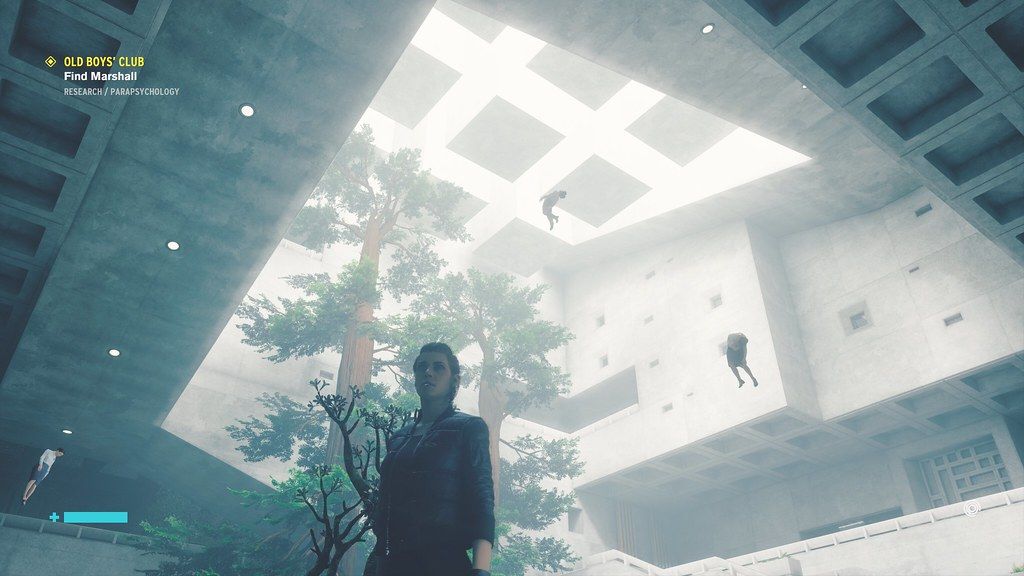
Interestingly enough this does not mean though that the whole place looks like a war zone when you come back. Most games tend to reset areas as it is memory intensive to truly record what is and isn’t destroyed and where all the objects are. CONTROL uses the “reconfiguring building” as an explanation as to why when you get back to an area later that you thoroughly trashed in a fight is now back as if nothing ever happened. And that’s actually great, because now you can destroy it all over again and it is surprisingly satisfying to look at what’s left of the place after an intensive firefight.
You Dead
As exciting as all these explosions are, you will die. I do not think I ever had a boss fight where I didn’t at least get taken out once. The same is true even for normal fights. The game can be punishing in how quickly your health gets worn down. Have two guys with rocket launchers that you didn’t notice while engaging a group of shielded opponents and that’s it.
When this happens the game respawns you, after lengthy loading, at the nearest control point. The loading seems to take such a long time mostly because it seems to reload the entire level in its basic state. Personally I find it tolerable though it does get annoying when this happens in boss fights. Although control points are usually nearby, odds are that you still will have to hike some distance to get back to the boss and restart the fight.
I did notice one thing though, with the exception of the boss fights. It seems if you die during the fight the enemies you have taken out actually stay dead. So as you get back and re-trigger the fight it does get a little bit easier over time.
Puzzles
As much as fighting and shooting things up is part of the game, so are puzzles. At almost every mission sooner or later you will encounter a puzzle. Clues are often found in files or the vicinity of the area. These puzzles aren’t the biggest brain teasers and often a few moments of thinking.
The biggest puzzle in the game though is the actual level design itself. The levels are open and unlike most modern games you do not have a mini-map with a “your target is here”. All you will see, when you pull up the map, is the area in which your objective lies. As some of these levels can be rather large, with multiple levels / stair cases / gangways to traverse, this can be a puzzle in itself as to how to get to the objective. It is a nice change of pace from the way most modern games are basically handholding you and putting you on rails.
Exploration is encouraged
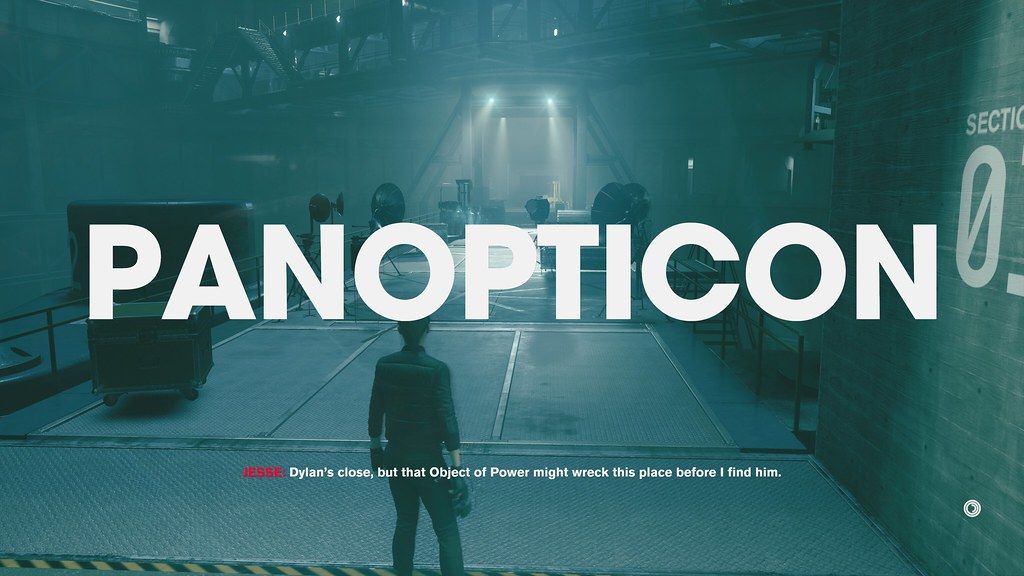
I am generally a curious player. The amount of time you will find me exploring game worlds often rivals the time I spend on the main story line. Case in point I never finished the main quest line in Fallout 4 because I got too sidetracked exploring all the areas.
CONTROL definitely wants you to explore as well. In part this is encouraged with the open level design and lack of quest markers. But also because they crafted a truly broad world where reading the files and listening to the audio artifacts or watching the videos you encounter is actually fun.
In addition, because pretty much everything is destructible or moveable it makes seem the place more real than most other game worlds I have played in (looking at you Bethesda).
Performance
So how does the game perform? I have been playing it on the XBOX One X and I did not notice any huge performance issues. The main issues I found is the long loading time upon death as well as when you fast travel between different areas of The Oldest House.
The other thing is a severe stuttering for a second or two after you close the map and / or come out of the menus. Most interesting on that note is that I found the map at times isn’t fully loading in. I do get the map titles and markers but the outlines at times do not pop up. I am not sure what is causing that.
None of this makes the game unplayable and I have not encountered any game crashes either.
Digital Foundry did a deep dive into the different console version.
Conclusion
So what do I think of the game? I love it. No, seriously. The world building has me drawn in. This is probably in no small part because I like the idea of the setting. I have been reading the SCP-Wiki on and off for a few years and when I was in high school I worked my way through all of the Lovecraft cannon.
Not to mention this combination of horror and science, with a helping of humour, is really well executed.
Rating: 4.5/5
